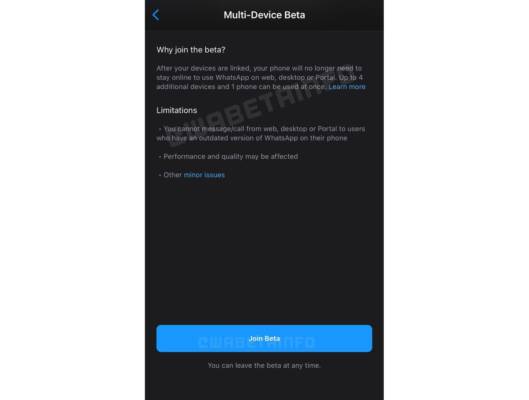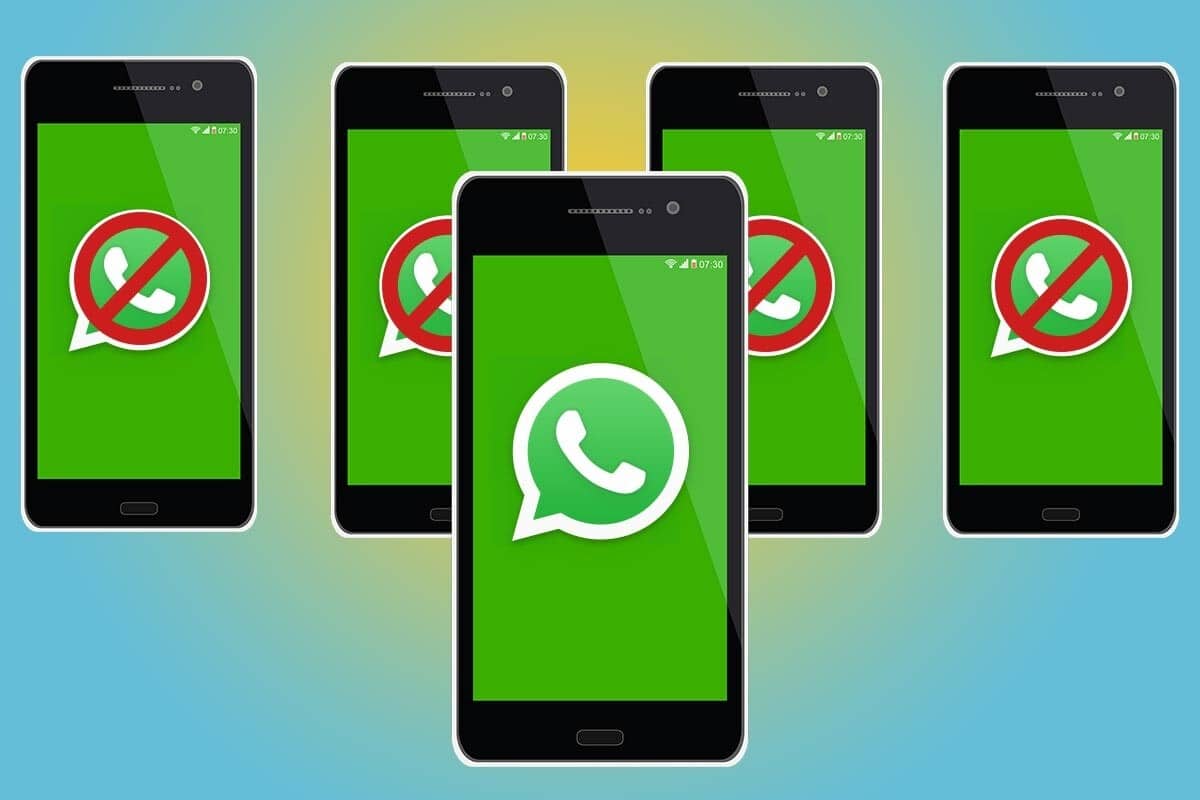At the beginning of this month of June, a long-awaited news arrived- the multi- device support of WhatsApp would be a reality, being able to work on several devices and without being dependent on the mobile as it is currently the case. Something that has been expected for years and that we welcomed with interest (and almost emotion), but the beta of WhatsApp’s multi-device support has left us somewhat cold, especially those of us who live surrounded by several devices on a regular basis.
At the time of the confirmation to WABetaInfo, Mark Zuckerberg pointed out that this function had been a “great technical challenge” when it came to correctly synchronizing the messages. The promise is that it works with up to four devices, but the apparent addition for now does not look as complete as we come to think.
A multi-device with concessions
Once again, it has been the people of WABetaInfo who have acted as a forward by showing us a screenshot with information about the beta that includes the possibility of testing this support. Remembering what was said by the company itself, the multi- device support will work with four devices and will not need an internet connection, so it would no longer be dependent on the mobile as it is now.
And so far so good, but what we see in this screenshot is that this multi- device support, in principle, will not allow WhatsApp to be used on two phones. This is because apparently the basis of this support is to maintain the connection in WhatsApp Web and the apps for computers and Portal regardless of keeping the main mobile connected.

Thus, today what this support would allow us is to be able to be using WhatsApp on the computer even if our mobile is turned off or disconnected, something impossible in current apps (warning that the mobile is offline or with low battery, for example ). The possibilities would also be expanded by being able to have, for example, two computers with WhatsApp, but not two mobiles (or mobile and tablet).
This shocks us and changes the landscape for those who expect to use WhatsApp on two mobiles at the same time without problems (when, for example, one is used for work and the other for personal) or the idea of having it on the tablet as well. When it comes to the beta stage this could change, in fact it would fit with the promise of the iPad app that they also promised, but for now it is somewhat disappointing.
The messaging app has never been characterized precisely by being a forerunner in additions, without detracting from the fact that it was the messaging app par excellence as smartphones became widespread nor its meteoric rise to be the most popular messaging app. In fact, of the functions that we miss in 2024 (including this multi-device support -complete- and the independence of the mobile phone) we still see that there are several to come, especially observing closely the pique with Telegram, in the end so beneficial for users (as often happens) because the consequence is that both apps have been completed.
In response to this technological derby, Telegram has been overtaking WhatsApp for a long time. There is no impediment to using Telegram on multiple devices, simultaneously or not and regardless of the platform. In fact, one of the advantages of this true multi-device support is that we can use the app as our own store with what began as a chat with ourselves and ended up in a “Saved Messages” channel, something that is not possible in WhatsApp either..
Thus, the expected function of WhatsApp does not seem to be what many of us thought at least in this first and early state. The main objective of it is focused at the moment that the session started on other devices does not depend on the mobile, rather than having a multi- device mode like the one we mentioned in Telegram, Slack and other messaging apps.
Other aspects that have been seen of the multi-device support are that, although recommended, it will not be necessary to be connected to a WiFi to activate it and that it will proceed with a QR, as occurs when logging in to WhatsApp Web and in the versions for Windows and Mac We will see what is left in the end and if there are limitations, especially with respect to the competition, which, due to merits or effects, are taking users.

